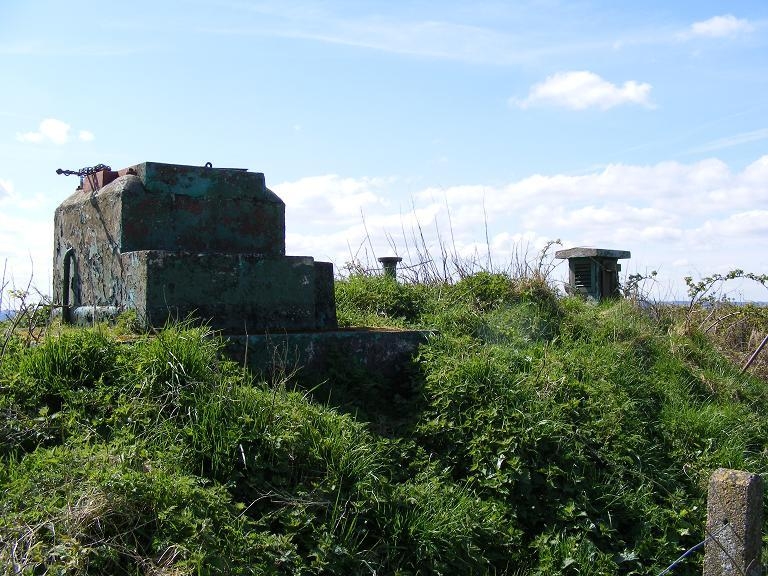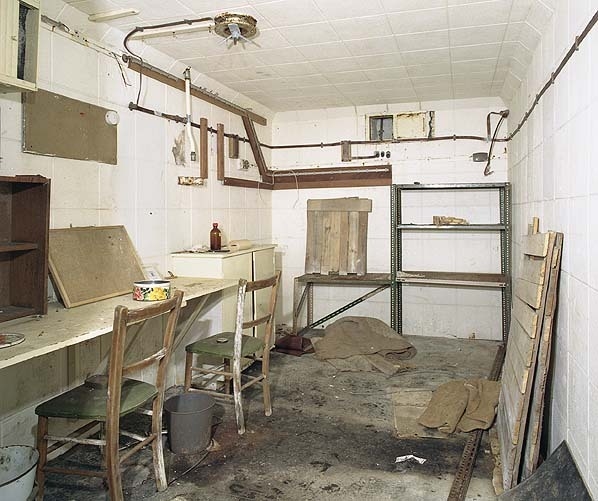Please observe and use footpath access routes.
The Royal Observer Corps (ROC) was a civil defence organisation
operating in the United Kingdom between 29 October 1925 and 31
December 1995, when the Corps' civilian volunteers were stood down.
Composed mainly of civilian spare-time volunteers, ROC personnel
wore a Royal Air Force (RAF) style uniform and latterly came under
the administrative control of RAF Strike Command and the
operational control of the Home Office. Civilian volunteers were
trained and administered by a small cadre of professional full-time
officers under the command of the Commandant Royal Observer Corps;
latterly a serving RAF Air Commodore.
In 1957, the United Kingdom Warning and Monitoring Organisation
(UKWMO) was established under Home Office control. It was intended
that the UKWMO would provide both civil and military authorities in
the UK with essential information during a nuclear attack, with the
ROC providing primary data on the position and magnitude of atomic
weapons detonated during any such attack. This data would be used
by the UKWMO, in conjunction with weather information provided by
the Meteorological Office, to produce a forecast of radioactive
fallout. Fallout would be monitored as and where it occurred, with
its actual location and strength mapped using data obtained from
instrumentation at ROC posts.
Between 1958 and 1968 a countrywide building programme resulted
in a network of 1,563 underground monitoring posts, approximately
eight miles apart, distributed throughout England, Scotland, Wales
and Northern Ireland, at an estimated cost of almost £5,000 each.
The posts were excavated to a depth of twenty five feet, a
monocoque reinforced concrete building was cast and bitumen tanked
(or waterproofed), before the whole structure was covered by a
compacted soil mound. Entry was facilitated by a steel ladder in a
vertical shaft leading to a single room, providing accommodation
for three observers to live and work, with a separate toilet
compartment with chemical closet. Air was circulated from grilled
ventilators at both ends of the post and electricity was provided
by a crated 12 volt lead acid battery, charged occasionally by a
portable petrol electric generator. New instrumentation detected
the peak overpressure from any nuclear burst, together with
photographic indications of the burst location and size, plus
resulting levels of radiation. Conditions in these spartan posts
were cramped, cold, and in most cases damp. It was indeed fortunate
that prolonged periods of occupation never proved to be
necessary.
For more information, see Wikipedia here
or Subterranean Wales - Military and Cold War

Entrance shaft and ventillation as viewed from the
surface

Inside Clutton observers post as of 2000
Parking is available at a nearby Inn (very good for refreshment
and meals post caching  ).
).